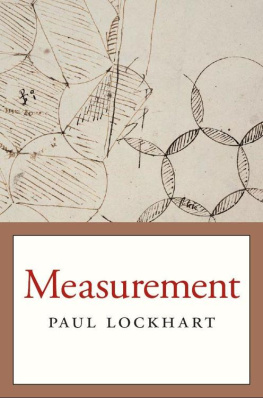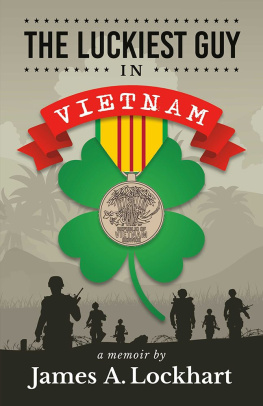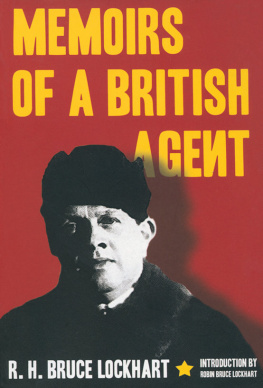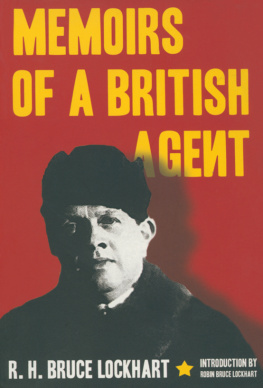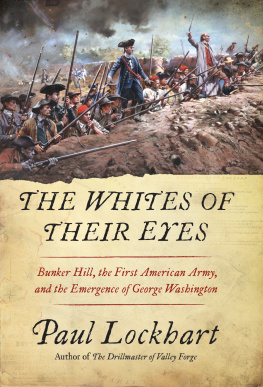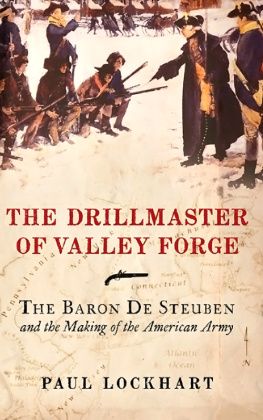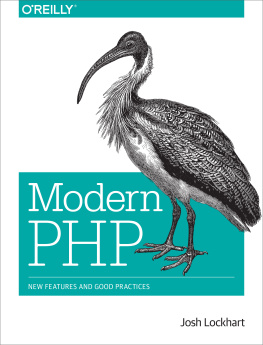Paul Lockhart - Firepower
Here you can read online Paul Lockhart - Firepower full text of the book (entire story) in english for free. Download pdf and epub, get meaning, cover and reviews about this ebook. year: 2021, genre: History. Description of the work, (preface) as well as reviews are available. Best literature library LitArk.com created for fans of good reading and offers a wide selection of genres:
Romance novel
Science fiction
Adventure
Detective
Science
History
Home and family
Prose
Art
Politics
Computer
Non-fiction
Religion
Business
Children
Humor
Choose a favorite category and find really read worthwhile books. Enjoy immersion in the world of imagination, feel the emotions of the characters or learn something new for yourself, make an fascinating discovery.

- Book:Firepower
- Author:
- Genre:
- Year:2021
- Rating:3 / 5
- Favourites:Add to favourites
- Your mark:
- 60
- 1
- 2
- 3
- 4
- 5
Firepower: summary, description and annotation
We offer to read an annotation, description, summary or preface (depends on what the author of the book "Firepower" wrote himself). If you haven't found the necessary information about the book — write in the comments, we will try to find it.
Paul Lockhart: author's other books
Who wrote Firepower? Find out the surname, the name of the author of the book and a list of all author's works by series.
Firepower — read online for free the complete book (whole text) full work
Below is the text of the book, divided by pages. System saving the place of the last page read, allows you to conveniently read the book "Firepower" online for free, without having to search again every time where you left off. Put a bookmark, and you can go to the page where you finished reading at any time.
Font size:
Interval:
Bookmark:
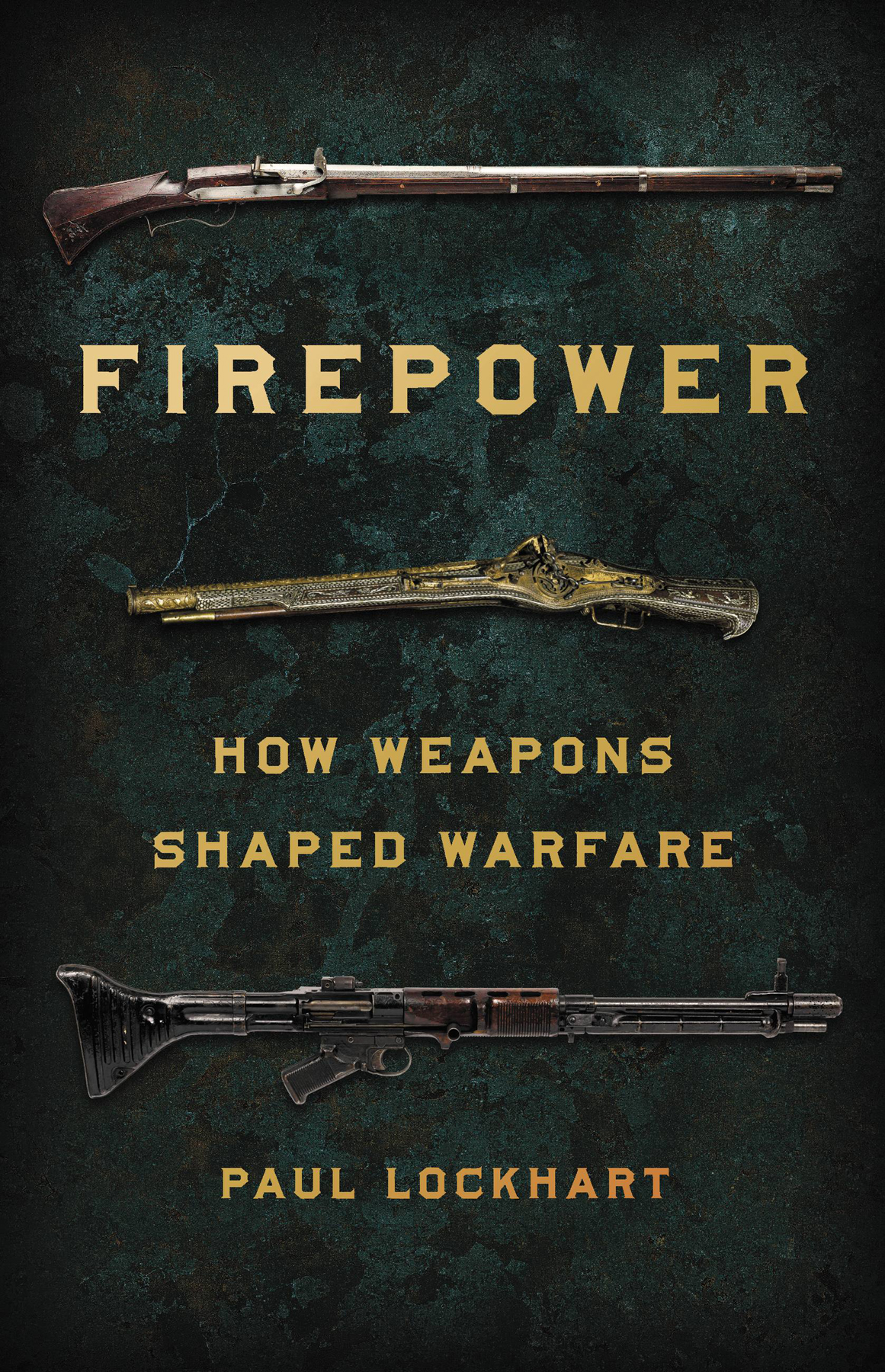
Copyright 2021 by Paul D. Lockhart
Cover design by Ann Kirchner
Cover images: WBC ART / Alamy Stock Photo; Album / Alamy Stock Photo; Bridgeman Images; Elon Tom / Shutterstock.com
Cover copyright 2021 by Hachette Book Group, Inc.
Hachette Book Group supports the right to free expression and the value of copyright. The purpose of copyright is to encourage writers and artists to produce the creative works that enrich our culture.
The scanning, uploading, and distribution of this book without permission is a theft of the authors intellectual property. If you would like permission to use material from the book (other than for review purposes), please contact permissions@hbgusa.com. Thank you for your support of the authors rights.
Basic Books
Hachette Book Group
1290 Avenue of the Americas, New York, NY 10104
www.basicbooks.com
First Edition: October 2021
Published by Basic Books, an imprint of Perseus Books, LLC, a subsidiary of Hachette Book Group, Inc. The Basic Books name and logo is a trademark of the Hachette Book Group.
The Hachette Speakers Bureau provides a wide range of authors for speaking events. To find out more, go to www.hachettespeakersbureau.com or call (866) 376-6591.
The publisher is not responsible for websites (or their content) that are not owned by the publisher.
Library of Congress Cataloging-in-Publication Data
Names: Lockhart, Paul, author.
Title: Firepower : how weapons shaped warfare / Paul Lockhart.
Description: New York : Basic Books, [2021] | Includes bibliographical references and index.
Identifiers: LCCN 2021010851 | ISBN 9781541672963 (hardcover) | ISBN 9781541672956 (ebook)
Subjects: LCSH: FirepowerEuropeHistory. | Military weaponsEuropeHistory. | FirepowerUnited StatesHistory. | Military weaponsUnited StatesHistory.
Classification: LCC U815 .L566 2021 | DDC 355.8/20903dc23
LC record available at https://lccn.loc.gov/2021010851
ISBNs: 978-1-5416-7296-3 (print), 978-1-5416-7295-6 (ebook)
E3-20210915-JV-NF-ORI
To Dad
with love
Explore book giveaways, sneak peeks, deals, and more.

This book is about weapons of war: the many ways that weaponry has influenced the art, science, and conduct of war, and how sometimessurprisingly oftenthe evolution of weapons technology has had an impact on human life beyond the battlefield. Conversely, its also about the forces that have shaped the progress of weapons design, and the complex interplay of war, politics, economics, and military technology.
These are topics that, for a variety of reasons, academic historians do not often address. Thats not to say there are no good, serious books on the history of military technology. Indeed, there are many, some of whichlike the excellent works by Jeremy Black, Max Boot, and Martin van Creveld, among othersinspired me to write this book. But these are broad surveys, and students of history looking for answers to narrower questions about weapons and war usually have to turn to another kind of literature altogether: specialist literature on weaponry. This niche genre includes books written about specific firearms, by collectors for collectors, and detailed accounts of individual warplanes, naval vessels, tanks, artillery, and so forth, written for military history buffs and wargamers. Because of their narrow scope, such books tend to be heavy in technical detail and light on the broader historical context. They can also be impenetrable to the uninitiated, with a highly specialized terminology and idioms all their own.
My hope is that this book can serve as a bridge of sorts between the broader studies of war and technology, on the one hand, and the specialist literature on the other. That too, as Ive found in the process of writing this book, is no small undertaking. As a result, Ive had to be somewhat selective in my approach. My chosen period is the epoch in which firearms were the dominant weapon type and the focus of innovation in military technology. This period stretches roughly from the end of the Middle Ages to the dawn of the atomic age at the end of the Second World War. My chosen geographical-cultural expanse is the West, because I feel thatat the very least, when it comes to warfare and military institutionswe can consider the West to be a distinct cultural, economic, and political entity, with its own distinct approaches to the conduct of organized violence. It should go without saying that the West does not exist, and has not existed, in a vacuum, and of course the military history of the Western states conditions its global relationshipsand is in turn conditioned by them.
I should also issue the caveat, in advance, that this book is by no means intended to catalog all the significant or noteworthy weapons used by Western military forces over the course of half a millennium, nor does it flag every development in the evolution of weapons technology. Many weapons make an appearance in this book, to be sure, but as dizzying the variety might seem, its only a minuscule fraction of the total body of weaponry used in European and American wars during the period in question. Human ingenuity is remarkably fecund when it comes to the invention of new instruments of death. But this selectiveness means that many readers will likely find that a favorite rifle or plane or battleship or tank has been omitted from this book. To those readers, I apologize in advance, and plead only that it is in the nature of surveys not to be all-inclusive. For the most part, the weapons discussed in this book are those that, I feel, best illustrate the broader points I want to make.
Ive incurred many debtsmostly in the form of time, energy, encouragement, and supportin the years that Ive spent working on this project and writing this book. While I cant possibly name them all, here are some of the more important acknowledgments. Family first. My wife, Mary Lockhart, deserves thanks most of all, for putting up with me as I wrote this, and for her unwavering support. My childrenKate, Nick, Paige, Phil, and Alexhave always been supportive, too. My youngest, my son Alex, undoubtedly felt the presence of The Book more than anyone else. It occasionally intruded upon my time with him, but because of his keen and wide-ranging interest in the subject matterespecially early twentieth-century naval warfarehes also been both a sounding board for my ideas and a direct contributor to this book. Nick, Phil, and Alex have also been my partners at the shooting range for many years, and those experiences have been of great help to me as I worked on this book.
I cant possibly list all the historians, weapons experts, and grad students who have offered ideas, suggestions, fielded questions, and suggested further reading, but heres a selection: Mark Fissel, Rick Schneid, Rick Herrera, Art Johnson, Kim Wagner, Stuart Dempsey, Eric Bonekowski, Paul Dority, Evan Mason, Seth Marshall, Zach Jett, Dave Pridgeon, Dan Studebaker, Chad Kellersmith. The two colleagues who chaired the History Department at Wright State University during the time I was working on this book, Carol Herringer and Jonathan Winkler, deserve a great deal of thanks for a hundred little things, including accommodating teaching load requests, facilitating grants, and helping me to obtain a full years sabbatical from 2017 to 2018. Thanks, too, to our infinitely resourceful history librarian at Wright State, Mr. Ran Raider.
Font size:
Interval:
Bookmark:
Similar books «Firepower»
Look at similar books to Firepower. We have selected literature similar in name and meaning in the hope of providing readers with more options to find new, interesting, not yet read works.
Discussion, reviews of the book Firepower and just readers' own opinions. Leave your comments, write what you think about the work, its meaning or the main characters. Specify what exactly you liked and what you didn't like, and why you think so.

